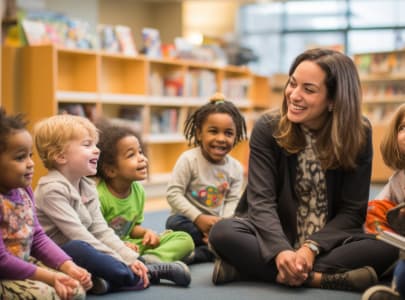Subtotal $0.00

In Class 3, the curriculum continues to build on the foundational skills introduced in earlier grades, while also introducing new concepts in a more structured manner. Here’s a detailed breakdown of the subjects typically taught in Class 3:


Reading:
Writing:
Grammar:
Vocabulary:
Oral Skills:
Reading and Writing:
Grammar:
Vocabulary:
Oral Skills:
Numbers:
Arithmetic:
Geometry:
Patterns:
Data Handling:
Our Body:
Plants and Animals:
Our Surroundings:
Community Helpers:
Games and Sports:
Exercises:
Interactive Learning: Use of visuals, stories, and hands-on activities to make learning engaging.
Play-based Learning: Incorporation of games and playful activities to reinforce concepts.
Assessment: Regular informal assessments through quizzes, oral questions, and class activities to gauge understanding.
Monday - Thursday:8am - 4pm
Friday - Saturday:8am - 5pm
Sunday: Closed